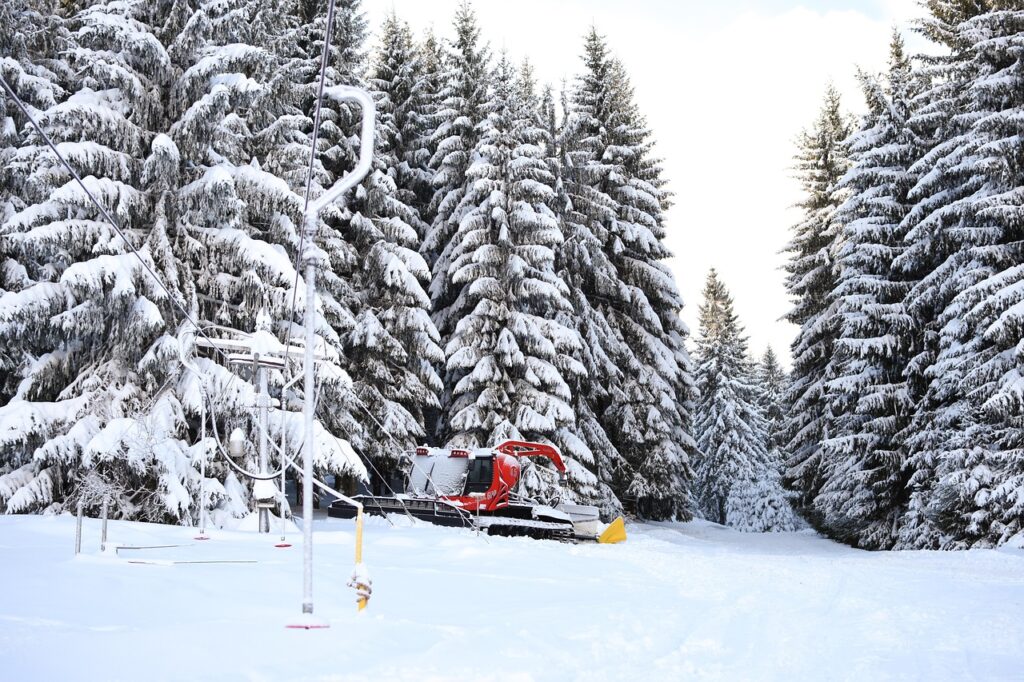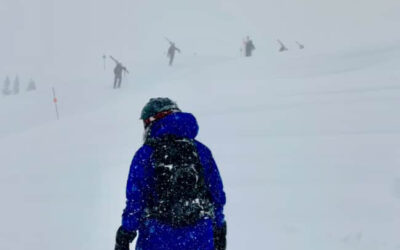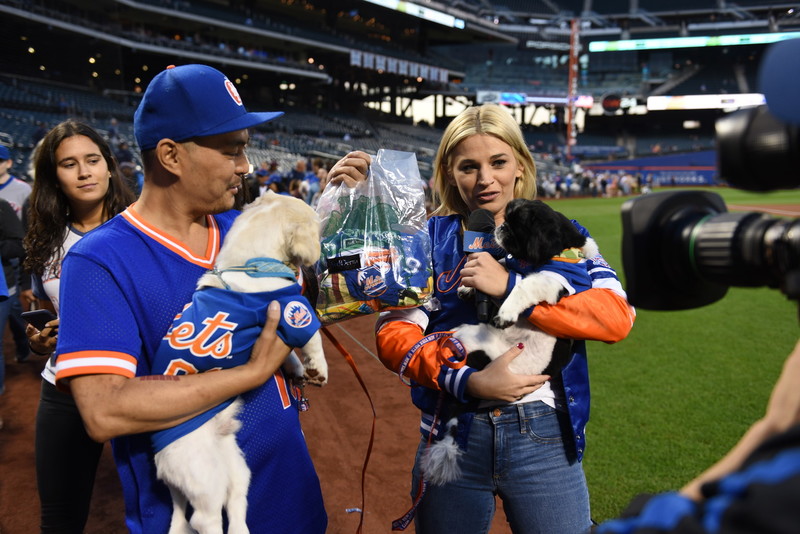How do you turn rugged slopes into world-class racecourses? Meet the snowcat operators who work overnight to tame mountains for the Milano Cortina Winter Olympics.
Elite sport becomes much trickier when it is completely dependent on the weather. Winter sports athletes, whose performance is determined by the conditions of the mountain, know this all too well – as do those who make it all happen.
It’s not as simple as just relying on snow to fall for people to ski on. People rarely consider the hours of work behind the scenes to create runs for snow sports. When everyone else heads off to après, there’s a whole hidden operation on the graveyard shift to set the slopes up again!
Snowcats are tracked vehicles used predominantly for snow grooming, and sometimes transportation. The industry, though niche, is vast and complex, with a market size expected to exceed $468 million by 2030 according to Straits Research.
Shyanne Cady, 24, is a snowcat operator working in Mount Hood, Oregon. She is a fleet operator, which involves grooming the slopes after the snow has been torn up by skiers and snowboarders, making sure the runs are flat for the start of every day.
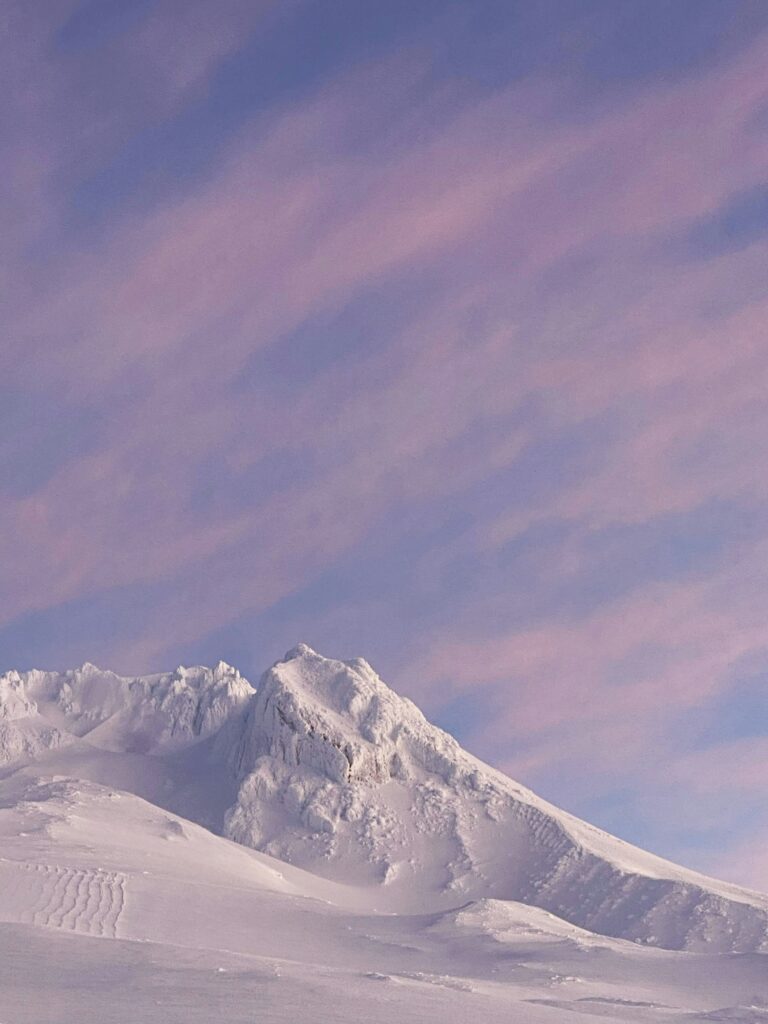
“It’s an extremely important job, especially when the snow gets a little more wet,” Cady says.
“If you don’t groom it and it freezes over the next morning, it’s going to be nearly impossible to ride. I know from experience when I tried to ride down from a snowcat after the snow snapped [when it freezes after a period of really cold weather] – it can become very dangerous. You could catch an edge and smack your head on some ice.”
After big snowstorms, huge piles of snow called ‘berms’ build up, which block paths and runs. These must be cleared in time to ensure the slopes are a safe place for athletes to ski and board the next day.
Thousands of people like Cady sacrifice their sleep schedule and social life to work a season in the mountains, often gaining free access to the runs in return for their work.
A typical shift for Cady sees her clocking in at around midnight, where she is assigned a snowcat for the night, as well as the runs she’ll be working on.
“A run typically takes me one to two hours, maybe three,” she says.
“It definitely can be tricky depending on which specific run you’re doing. There are the baby hills which are pretty obvious: it’s one side to another. But there are other runs where you start on one side, then do the other side, and then you groom the middle based on the fall lines, and that can go on for hours.”
Tony Marshall, 29, also based in Mount Hood, was a terrain park builder for ten years. These are essentially mountain playgrounds: designated areas in ski resorts with man-made obstacles like jumps, rails, and boxes for skiers and snowboarders to perform tricks and practice freestyle skills.
“You just roll up to a park and think it looks cool, but what you don’t know is some guy put 80 hours into making it look like that, just for you to go destroy it throughout the day,” Marshall says.
“And then I come back at night and just have to fix everything.”
Marshall did ‘graveyard’ shifts for seven years, by the end of which he’d accepted the sacrifice of his social life.
“I’d wake up at ten at night, get ready, be there by midnight, work all night, go ride the next morning, then go home, sleep, and do it all over again for months on end,” he says.
Though the hours are unsociable, working the graveyard shift brings a kind of peace. It’s no surprise that after spending so much time alone up in the quiet of the mountains, snowcat operators have a connection with the environment.
Marshall says his favourite part of the job was being out on the mountain in the middle of the night: “It was always quiet, peaceful. There’s nobody around. You just get to have a blank canvas and just make it your own.”
Cady says: “It’s extremely peaceful. I typically work alone, so I’m doing a lot of stuff by myself with no other cats around me.”
“Last year we had a crazy Aurora Borealis happen. You were on top of the mountain and you could see the basically northern lights, which was insane.”
“There have been times that I will turn off my lights and just sit there in the dark, and the moon will be so bright that you can still see everything around you, which is so cool,” she says.
Despite their importance to the winter sports industry, snowcat operators are under a lot of pressure and often face criticism. Winter sports are not cheap, and as a result people can be quick to leave bad reviews about the grooming of the snow, without considering the factors that may have contributed to it.
Cady says: “They don’t consider weather conditions or what kind of snow we were working with. ‘Cause that snow quality is really going to determine what your groom’s going to look like.
“For example, if it’s raining, you’re not going to get the best quality. And I don’t think a lot of people understand that… so they tend to bash us.”
Mount Hood is one of the most challenging places in the world to operate a snowcat because of the constantly changing snow temperatures due to the inversion of the mountain (when temperature decreases with altitude).
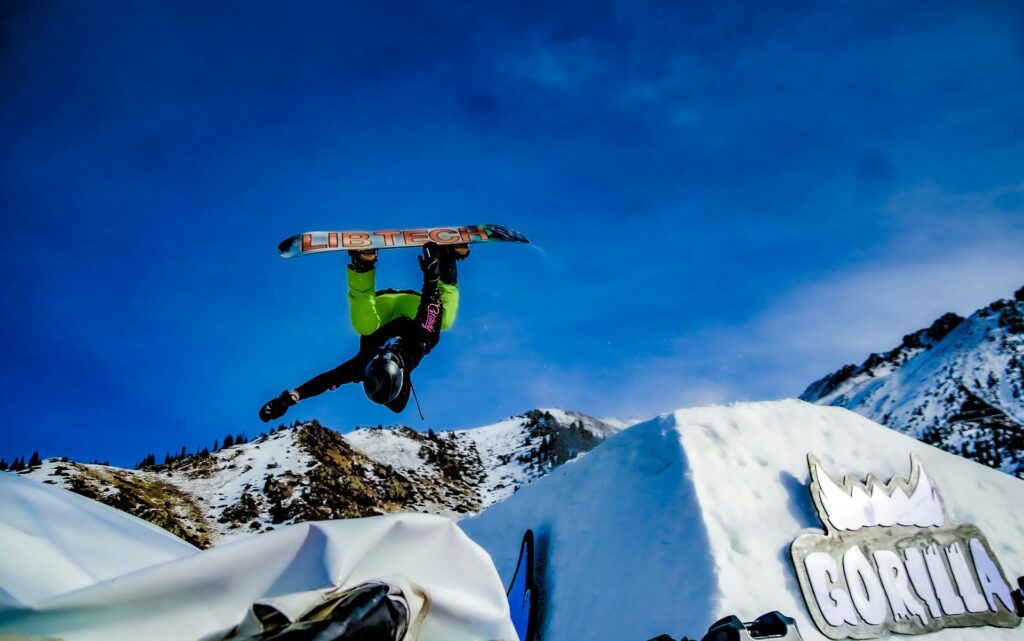
It means that every 10-30 feet you climb, the temperature changes, which in turn impacts the snow quality. It could be cold snow, which is nice and fluffy, warmer snow, which is a bit more ‘gunky’, or just pure slush, which is near impossible to work with.
“At the end of the day, kids just expected it to be there so no matter how bad the snow was, you had to get it done,” Marshall says.
Many Olympians and X Games champions, as well as various ski and snowboard teams and individuals, train on Mount Hood. Cady has worked on the runs that they use in training, a vital job that could impact the careers of these professionals.
“Knocking berms down and getting those runs completely flat so they can practice their speed was pretty cool,” she says.
Marshall also prepared snow parks for USA competitions, for which he’d be given a few general guidelines, but mostly the freedom to create whatever run he liked.
“You’d have to put 10 to 15 rails in a zone, three jumps in a line, and then whatever creativeness you can come up with after that. But it always had to be up to competition standards, which is two to three rails at the top feeding into a three-pack jump line, at least two more rails, and then anything creative you can think of after that,” he says.
Looking ahead to Milano Cortina 2026, next year’s Olympic and Paralympic Winter Games, the pressure will be on to ensure the mountains and snow are perfect for the professionals. With such high stakes, snowcat operators will be working harder than ever.
Sidelines Recommends

On the frontline of fairness: Olympics anti-doping
An anti-doping personnel tells Sidelines what it’s like to travel the world and meet top athletes – all in the name of Olympic integrity.
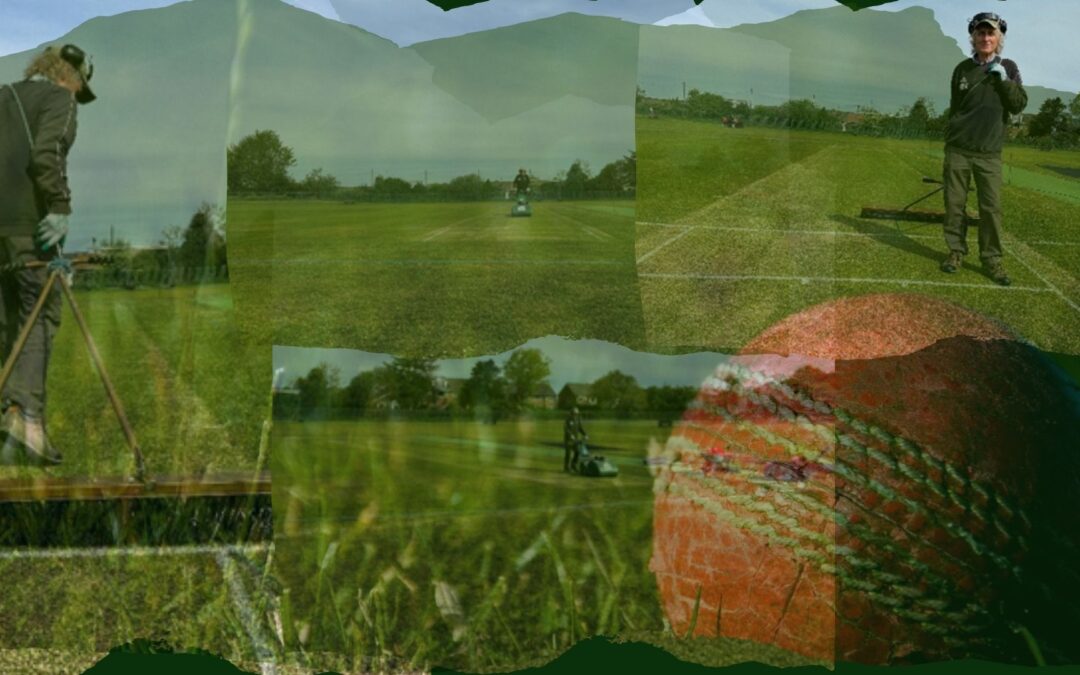
How climate change is rewriting cricket groundskeeping
Every inch of grass and millilitre of moisture in a wicket matters in cricket – but groundskeepers are being tested like never before by climate change.

Leaps of faith: the world of elite cliff diving
From the circus to Red Bull’s World Series Cliff Diving competition, Stéphane Lapointe takes Sidelines into the world of elite cliff diving.

